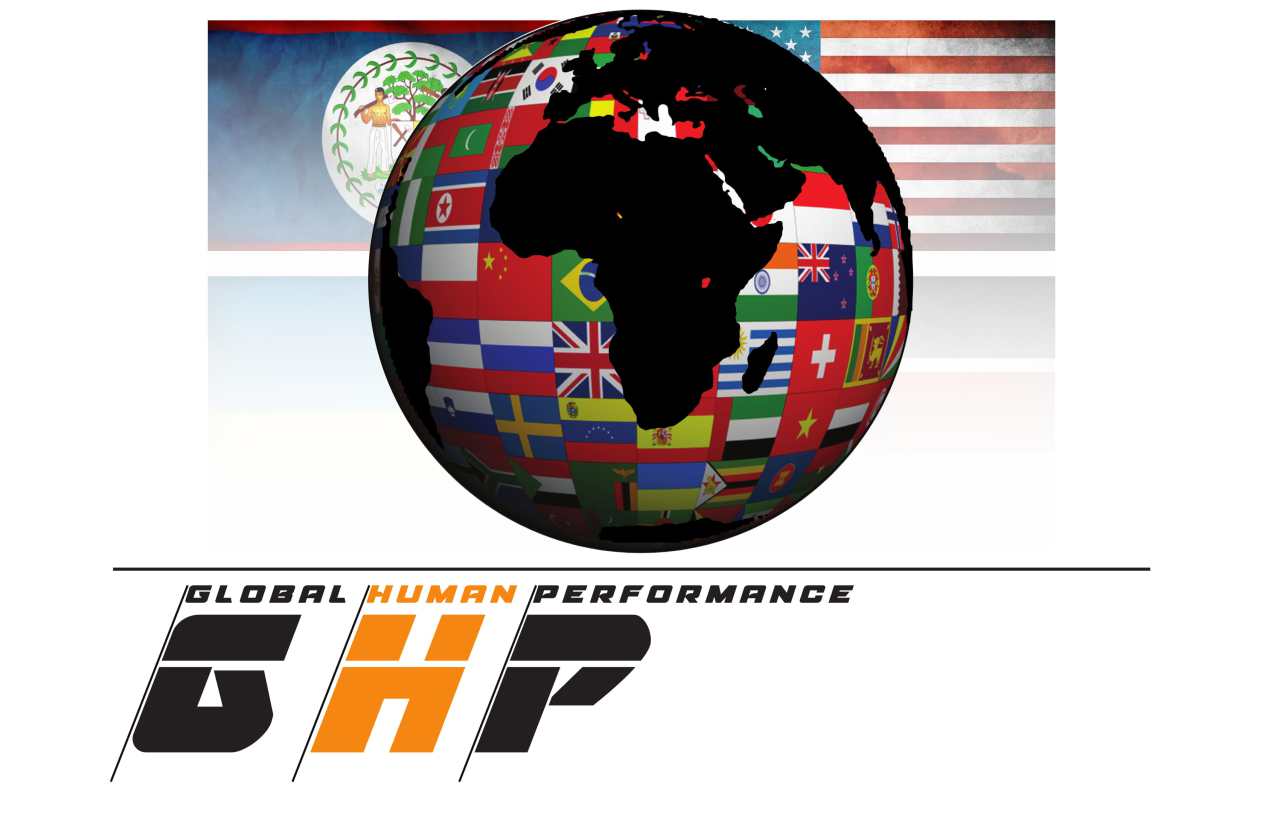Let’s look at a few important notes about what the “core” is, overlooked features, and how to get more from core training.
Your core is made up of many muscles. One could arguably say the entire body. I’m not going there. What I will say is that a good scope of what the core comprises is this:
-the “ab” muscles that run vertical along the front (the coveted 6 pack muscles)
-the obliques, the muscles that run diagonally along the side of your body under the ribcage
-the transverse abs, band of abs deep under that run around you like a belt
-back muscles: “erector spinae” muscle group that runs along the spine, as well as the traps and other muscles of the upper and mid back
Also to be kept in mind:
-hip muscles: variety of muscles that connect to the pelvis and femur such as: glutes, hip flexors (think opposite of glutes – not very scientific). If your hips aren’t strong, your core is still weak.
Anywho, 2 major purposes of the core muscles that are often overlooked are to
- Resist and controlling rotation, aka: hold your ground
- Transfer rotation across the body, helping create rotational power and CONTROL
Why are these important?
Resisting rotation is important because when playing sports there’s often contact and body positions that apply force in one way or another. You want your body to be physically stubborn. Think about that person you know who doesn’t budge easily from opinions no matter what you say, you want your core to be that way. When you can’t control this, you have what is known as, an “energy leak”. Here are 2 examples:
1) When an American football player gives a stiff arm to another player. A weak core can cause the player to turn towards the impact to compensate for the force made on contact whereas a stronger core can have the stiff-arm impact not change the position of the body.
2) RESISTING EXCESSIVE ROTATION IS IMPORTANT TO RUN FAST. Your body generates rotation at the hip and so the shoulder rotates as a counter balance. A weak core, along with unawareness of the arms, cause the arms to cross the body more than needed and create even more rotation! This throws off your balance and decreases the tension needed to run fast. Energy leak!
Transferring energy is another important feature of the core. Cutting on a dime, swinging a bat, making a freak catch from behind you while running all require a core trained to rotate and transfer energy. All of the aforementioned muscles are involved in these processes. When running to the left and needing to quickly go to the right, the left leg must absorb the force of your momentum and speed, and then that must get transferred across to the right side to propel you in that direction. With a strong core, this happens effectively, but with a weak core your cutting won’t be as powerful.
Core strength for transferring energy and rotating could likened to a good debater when getting asked hard questions: you want your body to be able to take a difficult situation from the left, and smoothly transfer it to the right.
These features of body control can be trained with a variety of weighted and unweighted methods.
I will highlight a two exercises I often do with clients:
-Palof Press
This exercise challenges the body to use the core to hold its position, while getting pulled in a separate direction. In the photo this is being done in a lunge position, but can be done while in a basic athletic position to start. It uses all of the muscles of the core to stay upright. When your arms are extended, it pulls more on the body. There are many ways this exercise can be altered to be easier or more difficult.
Try doing this (basic or in a lunge) for 2-4 rounds of 12 on each side, extending and shorting the arms. Hold the arms long for 3 seconds for more of a challenge

Jesse performing a palof press out of a lunge position. Great for Ultimate!
-MB Split Rotational Toss
This exercise challenges the body to generate force by rotating the core. This can also be done in a base stance or in a lunge position. In a base position, you “load” (shift your weight) onto the side opposite of where you are throwing, and then violently, but controllably, throw the medicine ball to the other side. In a lunge position, you load the front leg for the stability to rapidly throw the ball.
There are numerous variations of this that can be done.
Try doing 8 tosses on each side for 2-4 rounds.

Allie and Bri performing a MB Split Rotational Toss. Notice the Bri’s (on the right) control as she throws the ball. Much of playing Quidditch is essentially, slightly off balance.
Understanding how the core can function, and ways it can be trained to better function, you can improve your athletic potential for playing. Get to throwing!
